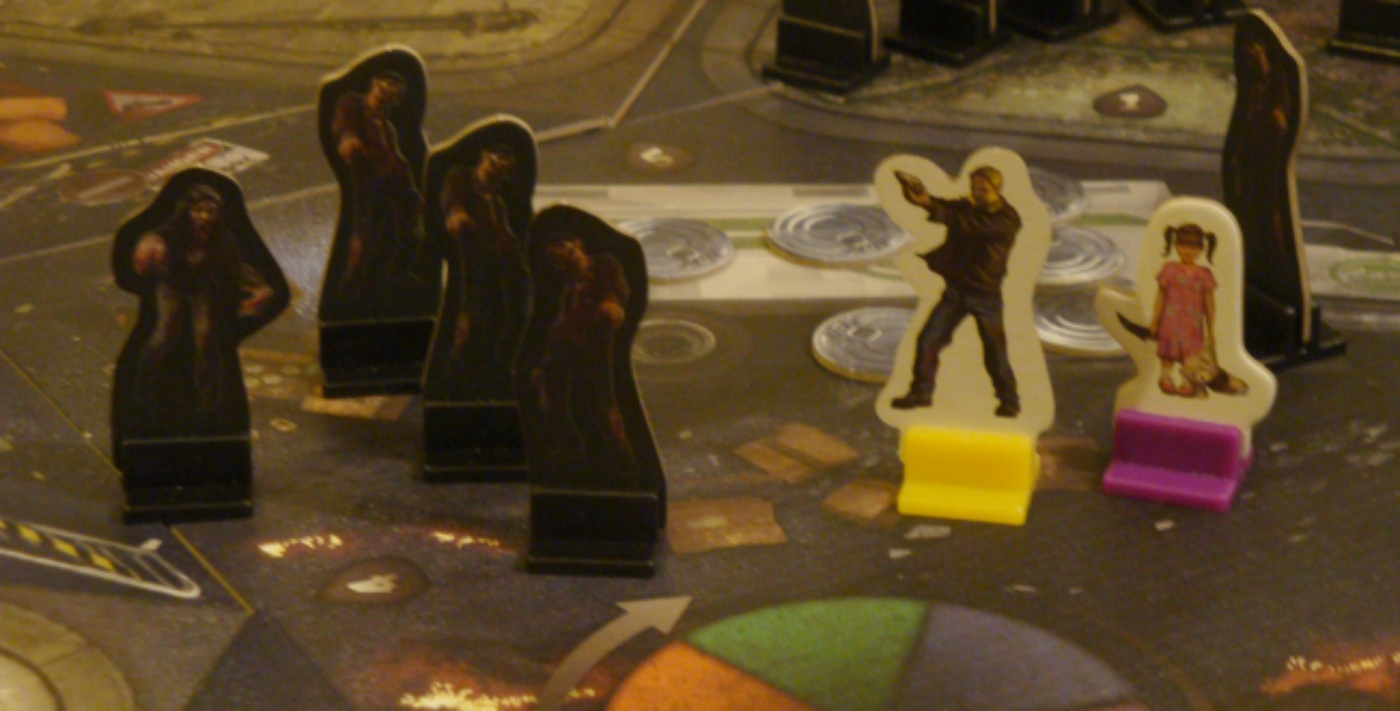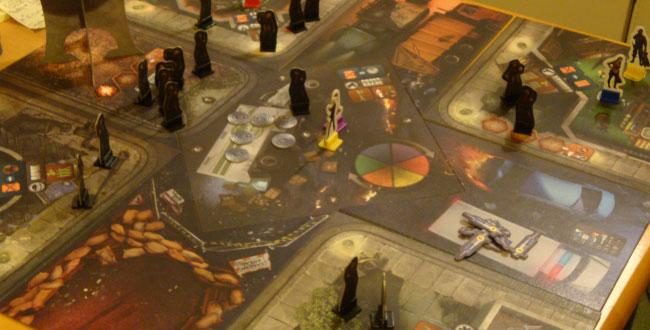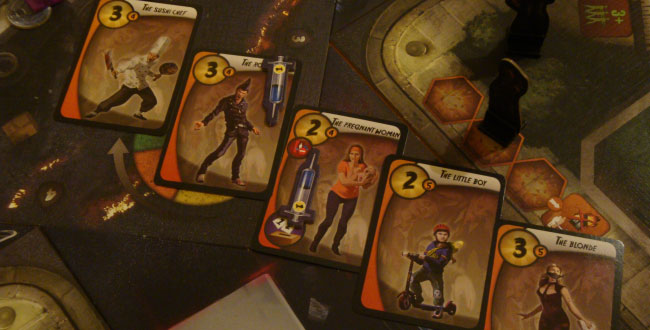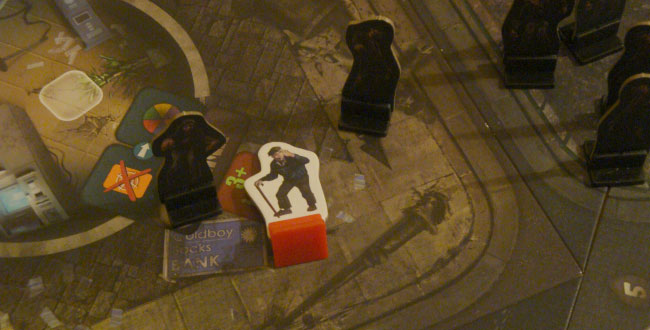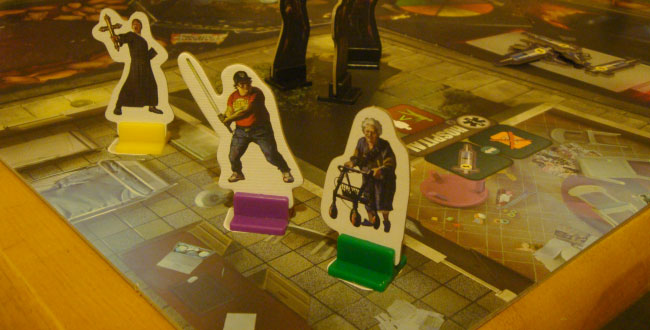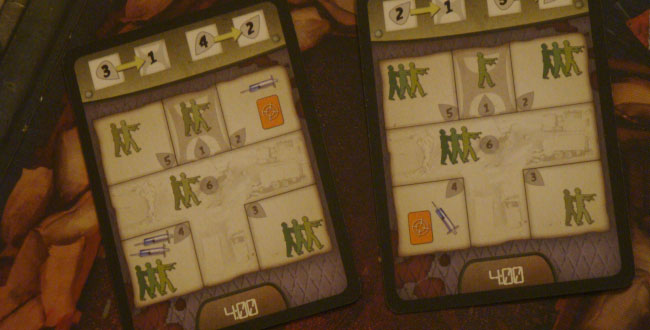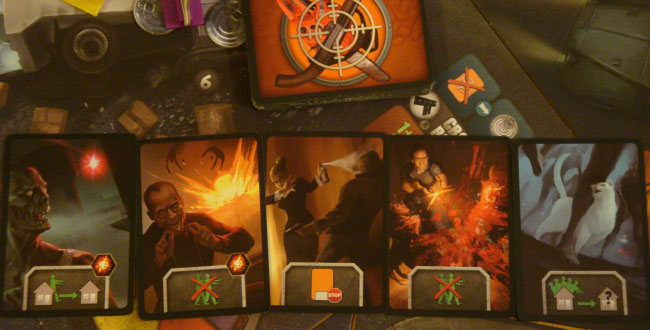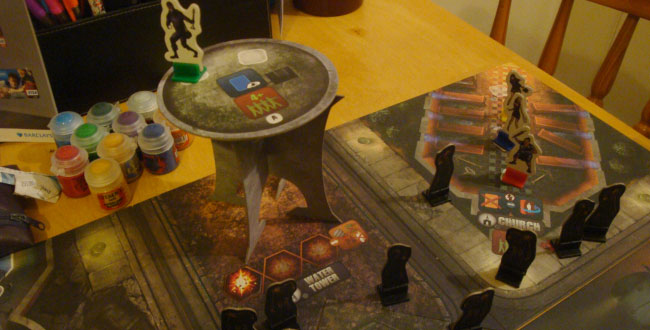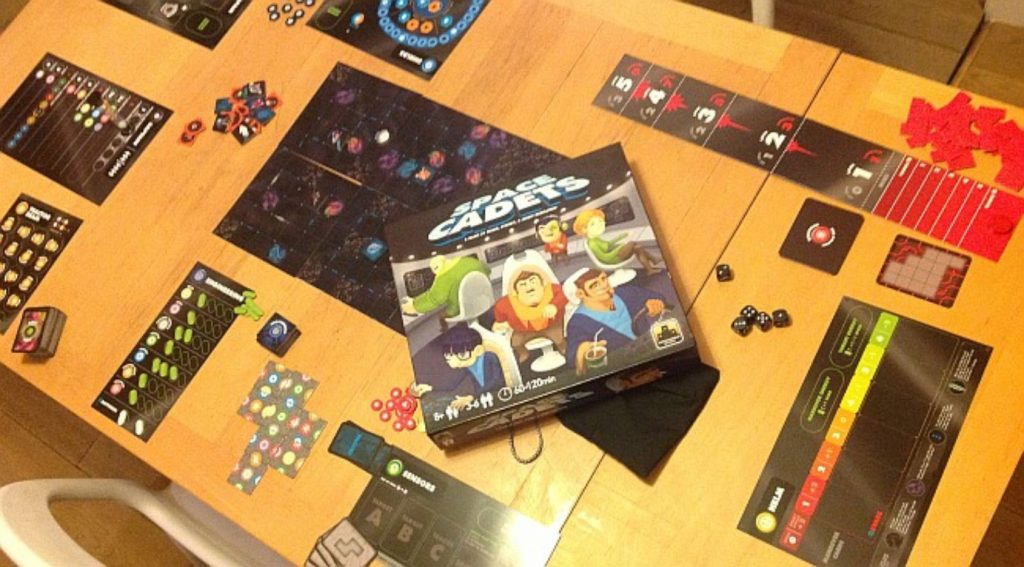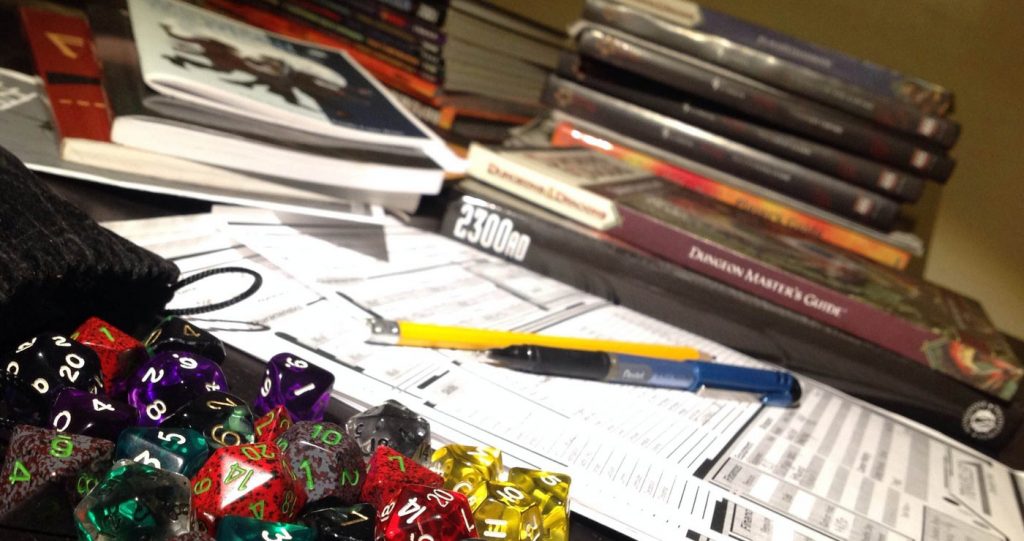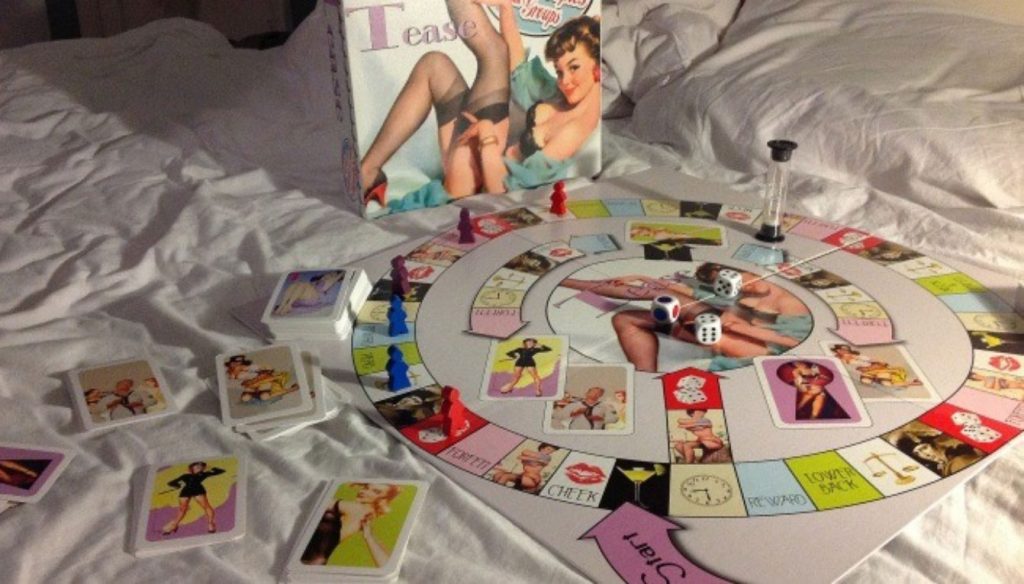Paul: It’s Hallowe’en! Well, it was Hallowe’en last night. Do you go in for Hallowe’en? I don’t, really. I don’t know if that’s because I’m from Hampshire or not. It’s just, you know, a time associated with throwaway seasonal tat and twenty drunk people all dressed as the same Heath Ledger Joker being sick on public transport—
Quinns: PAUL. THE GAME.
Paul: Right! As is proper, we played a board game for Hallowe’en. Something a bit different. A game that’s both a trick and a treat.
Quinns: A shiny new game called City of Horror. This game made our Hallowe’en. And it’s going to make every Hallowe’en after that.
It’s a game about zombies.
Paul: Yes.
Quinns: Except it’s not a game about zombies.
Paul: No.
Quinns: You’ll have to read on to find out what it’s really about, eh? COY.
Paul: Coy!
Quinns: City of Horror is the best zombie board game ever made, because it understands that zombie fiction isn’t about zombies.
Paul: Right. It’s about survivors, and how they react under pressure. Which, considering myself and Quinns crumple under pressure like bananas in a clenched fist, was always going to be interesting.
It’s also about democracy. Sort of.
Quinns: So, a game of City of Horror starts with this mad scramble of components as all hell breaks loose. You’re dealt a few random survivors, which might range from heavily armed security guards and burglars to a pregnant woman and someone else’s child. People who were useless even BEFORE the outbreak.
But these are your guys. And you’ll be trying to keep them safe.
And you’d better think fast. Because what happens next is that these guys are scattered across the town with survivors that belong to the other players, a few weapons are dropped at your feet, and the nightmare begins.
You’ll be safeguarding your people for just four “hours” (turns) until the rescue helicopter arrives. But here’s the problem. There are too many zombies, there aren’t enough guns, and the only way you’ll have to keep the zombies at bay… is by feeding them survivors.
Paul: Arguably City of Horror’s most frightening strength is how quick everyone is to grasp it. You explain the voting, the action cards, the city, the horror, and then you’re transported to a dark place where words are your only currency.
And you’ll be flinging those words at your opponents like darts. The game’s so hard because, each turn, more zombies appear on different parts of the board and your decisions get pointier and pointier – who uses what card? when? – until eventually you arrive at that final, fatal decision. You can hold them off for just one more hour if you shove someone out into the throng, but who’s it going to be? Grandpa? The punk nobody likes? The pregnant woman? REALLY?
You have elect someone to throw to the hordes, so you elect democratically, which means, of course, you do everything you can to cheat and connive. You only have as many votes as you have survivors in that location. Unless you’re first player that turn. Or unless you have something up your sleeve. Or unless you make a deal. Another deal. Complicated by all the other deals you made and then reneged on. Then everyone votes and, oh no. Oh no. Goodbye, grandpa.
Or you’ll let slip one of your action cards at the last second. Firing a flare at the water tower, bringing it down in a crash of rubble, just to lure zombies over with the noise.
We play lots of negotiation games here at SU&SD. We adore them. What sets City of Horror apart is how comedically spiteful it gets. Every card, every vote, every ploy births cloying grudges.
Who’s the real monster here? Look at you! You’re all trading in death, spitting riddles. You’re murdering children.
Quinns: It’s definitely a game of scheming.
Paul: Scheming.
Quinns:And it’s a fabulous game of scheming because while it’s endlessly colourful, it’s just so simple.
You’re mind’s always hooked into thinking about what’s going to happen in the next location, with the next round of voting. Or the next turn. If City of Horror’s strength is its simplicity, like a big, dumb zombie, no less terrifying for its single-mindedness, its masterstroke is in giving you all your bullets from the start. You begin the game with an intimidating hand of action cards, but BANG! you’ll be BANG! spending them until BANG! suddenly you’ve got CLICK CLICK CLICK CLICK nothing left.
And you’re down to your survivors themselves. Each character has a special ability they can use once in the game, but you can refresh this ability if you can get them to the church and burn an action card. Can you do that? Can you? Next turn, maybe, if they just live an hour longer?
And what about the vaccines, the food?
Paul: The vaccines!
Quinns: Characters are only worth points to you if they survive AND if they collect one of the vaccines syringes sporadically found around town, which are, like everything else divvied up democratically.
Paul: With a vote.
Quinns: And maybe a trade or two.
Paul: Possibly some threats.
Quinns: And maybe a granny being inserted out of the window like mail into a postbox.
Paul: And that’s why City of Horror is a great choice for a Hallowe’en board game for both keen gamers or for those new to the hobby. It’s so quick to play, so simple to understand, but it offers so much. It’s all about clinging onto life, clasping at chances, crawling your way towards opportunity, doing anything you can to keep as many of your characters as possible alive for just one more turn.
Quinns: And the possibilities are so seductive. How about cosying up to someone this turn, because you know you can betray them next turn? How about bloc voting against the winning player to turn the tide of the game? How about daring to dart out to the upturned food truck in the centre of the table, to snatch some extra points? How about evacuating your people from the armoury, then threatening to use your explosive action cards to LEVEL THE BUILDING?
Paul: It’s all so excellently bleak. You begin performing a sort of mathematical triage with your team, working out who will and won’t live, who might be savable, how many points you gain or lose by an action, how risky every decision is. These people’s lives become nothing more than numbers on an amoral spreadsheet inside your skull.
It’s all conniving. City of Horror is a game of conniving. You connive constantly, and the player who connives fastest and best will rise to the top like scum on dishwater. That alone makes this game unique, but because EVERYONE can connive, it makes the game accessible. We’re already dealing with must-buy material, but that’s not even all!
Quinns: Yeah. It’s just a fabulous object, too.
It looks good, grim, grimy and suitably gruesome. The board is a jigsaw of joy, slotting together rather sweetly and topped with a water tower that, with any luck, won’t have collapsed by the time the game is over. The board is two-sided, too, with the different sides offering alternative playing possibilities. The game doesn’t need that, as you’ll be coming back to it time and time again, but it’s a great little bonus.
Not only do we recommend you buy City of Horror, it’s a rare delight for us to be able to say this is a game for just about anyone. Get it for yourself, for a friend, for a family member, for an early Christmas present.
Paul: Take us home!
Quinns: It’s not a question of whether you’ll like City of Horror, it’s a question of how much.
Paul: Right on!
Quinns: YEAH!

